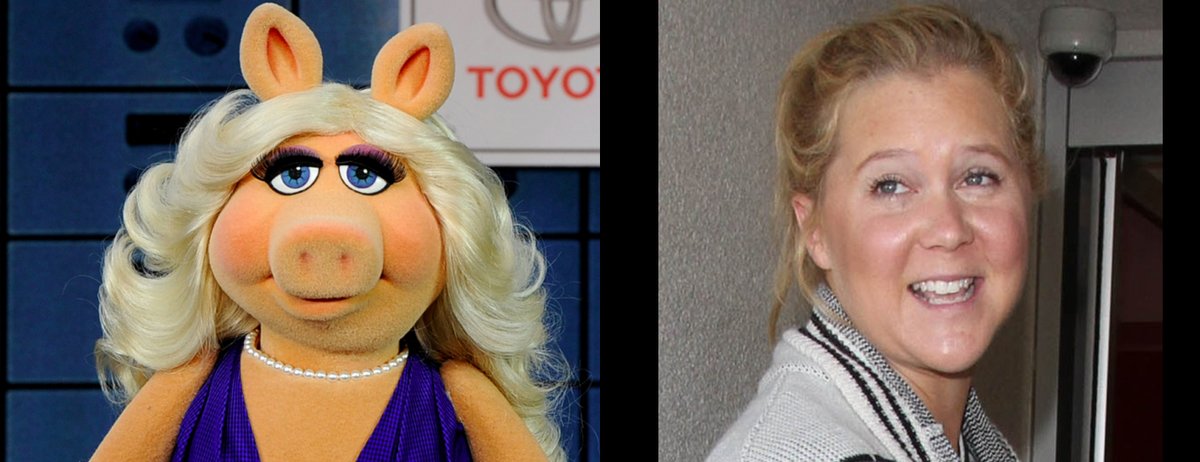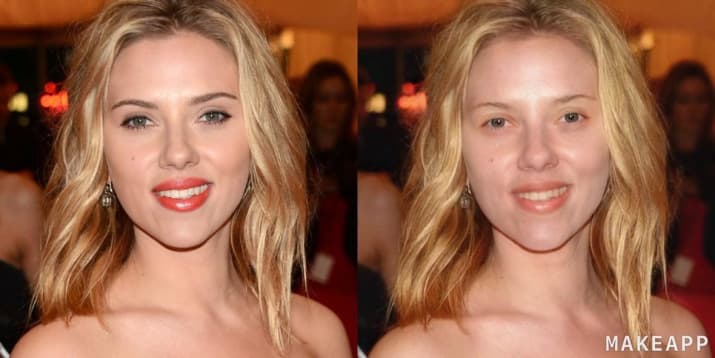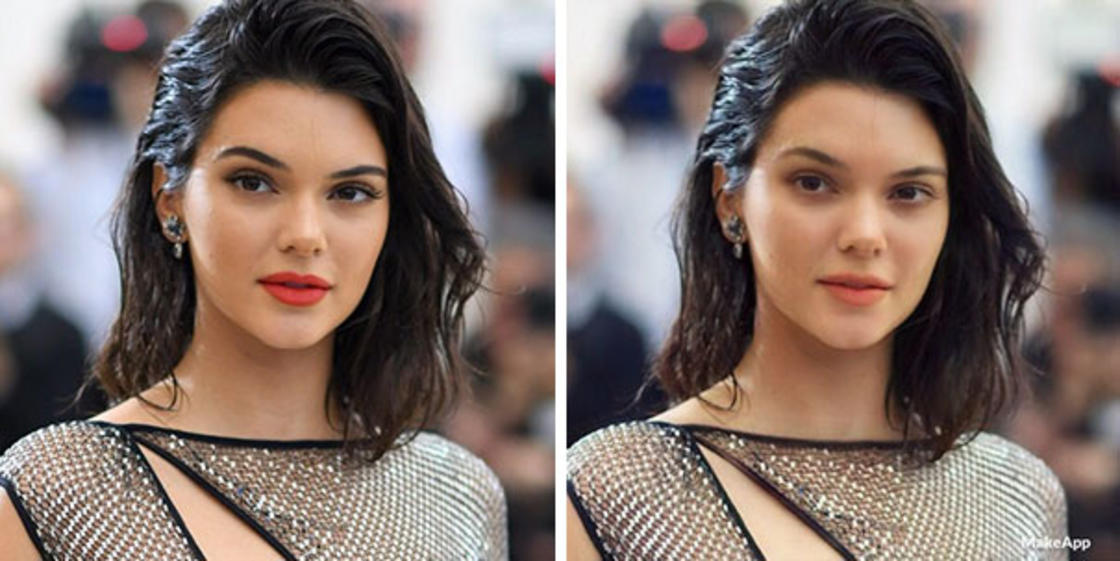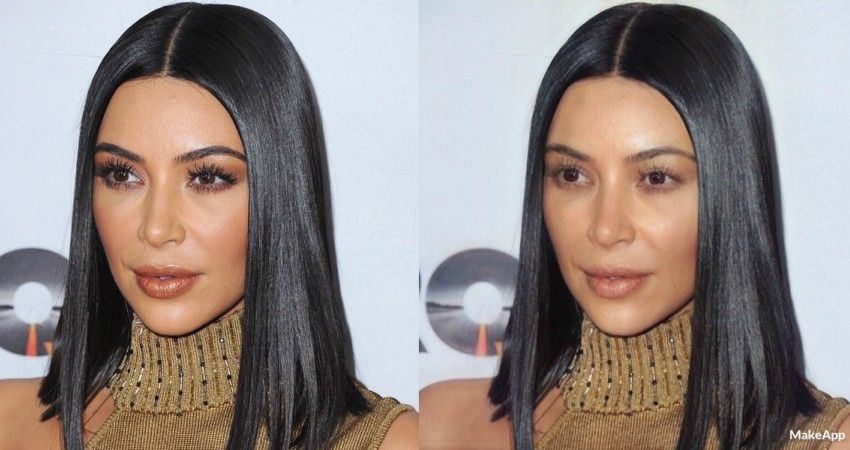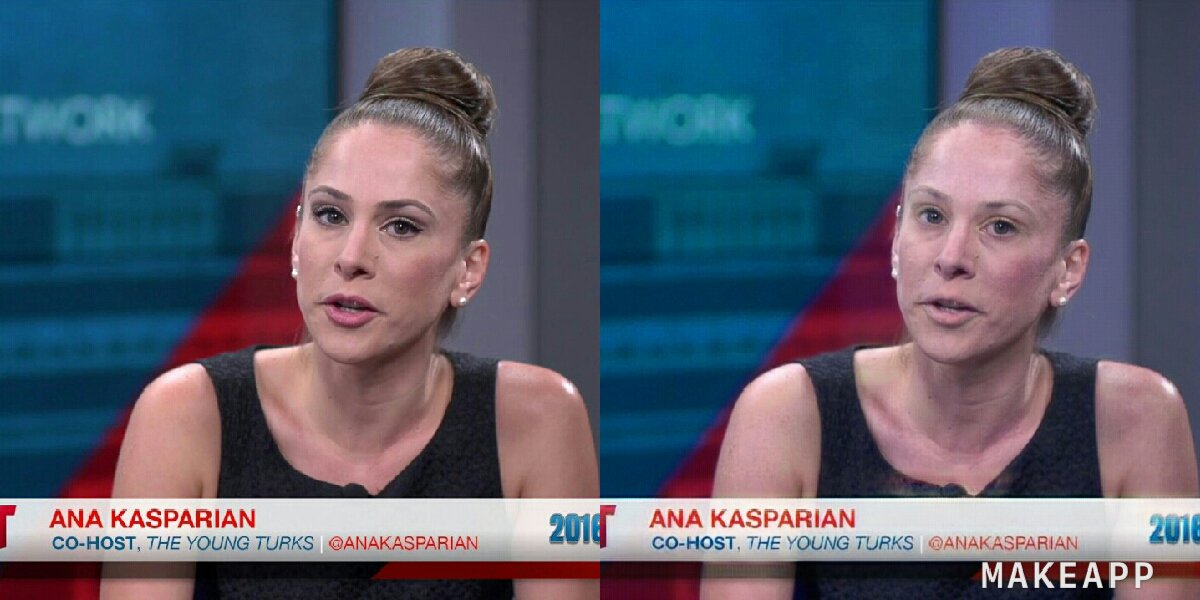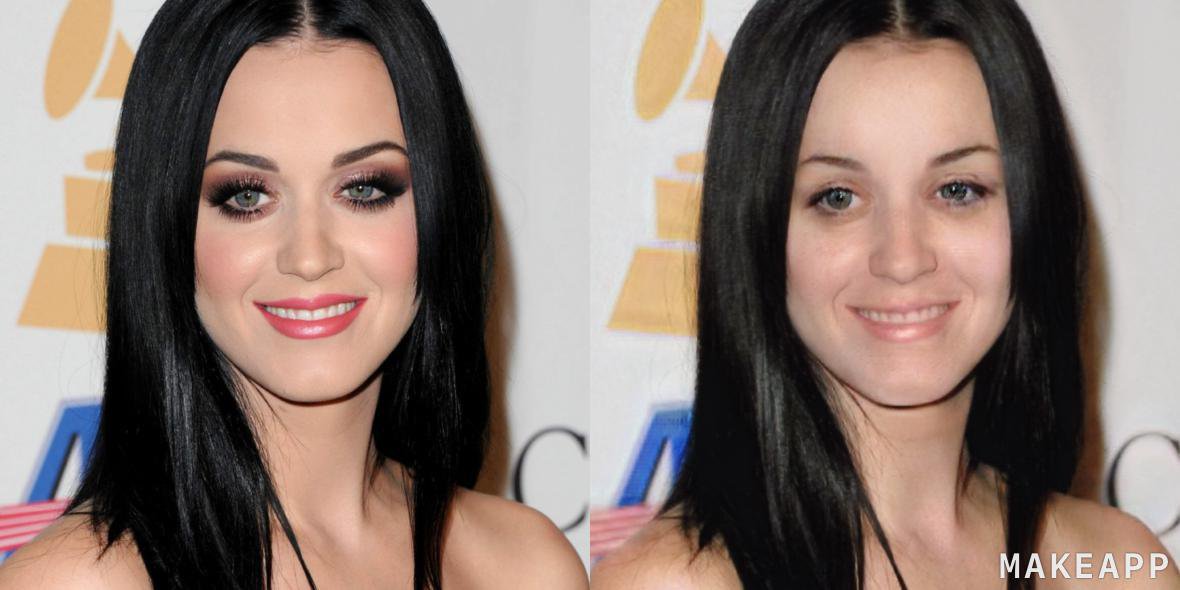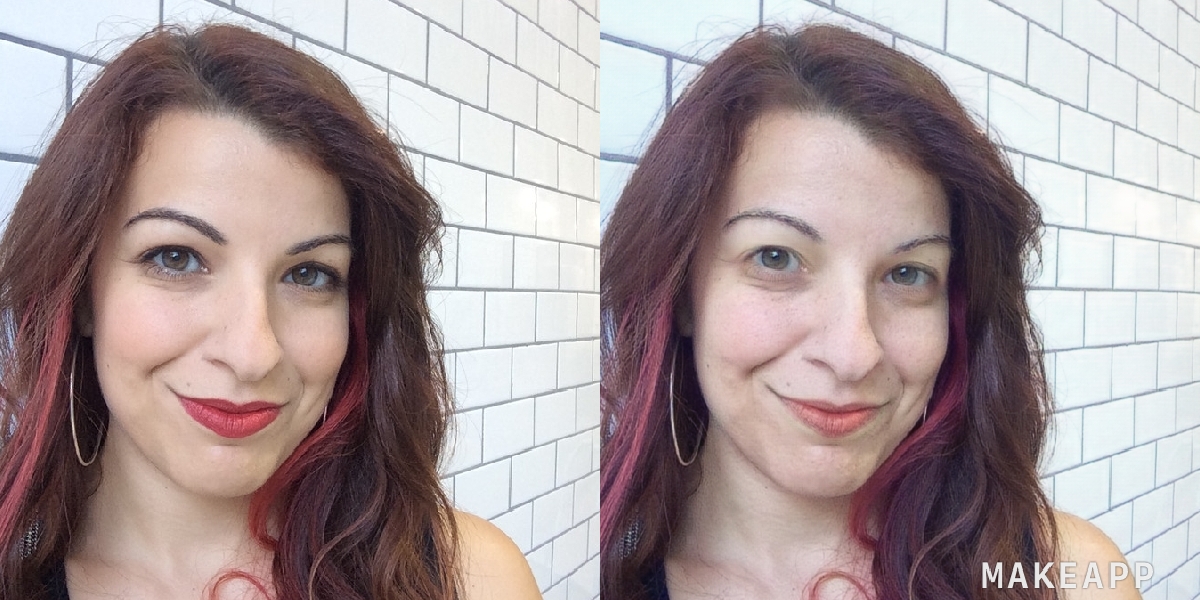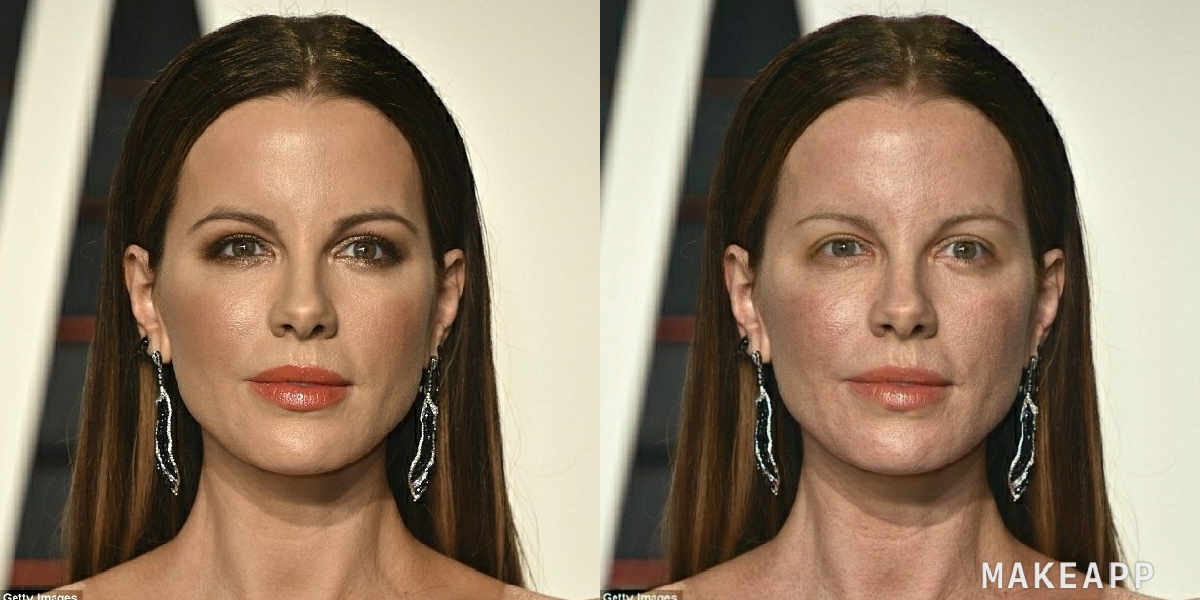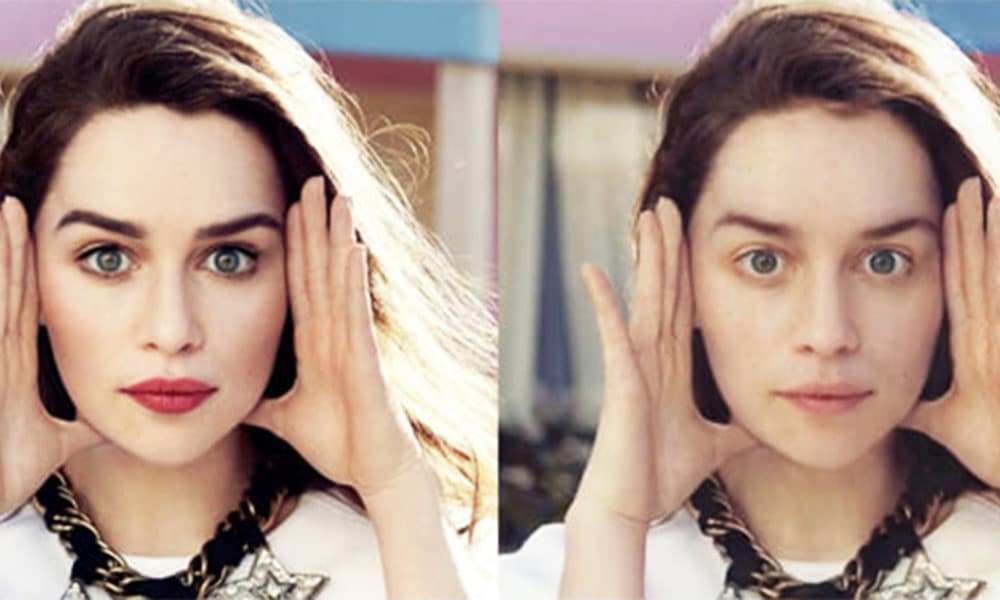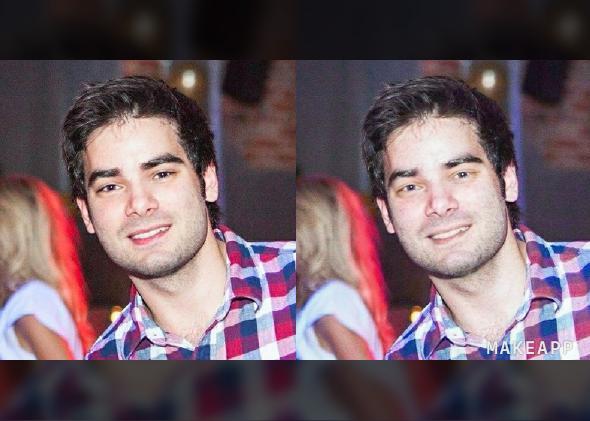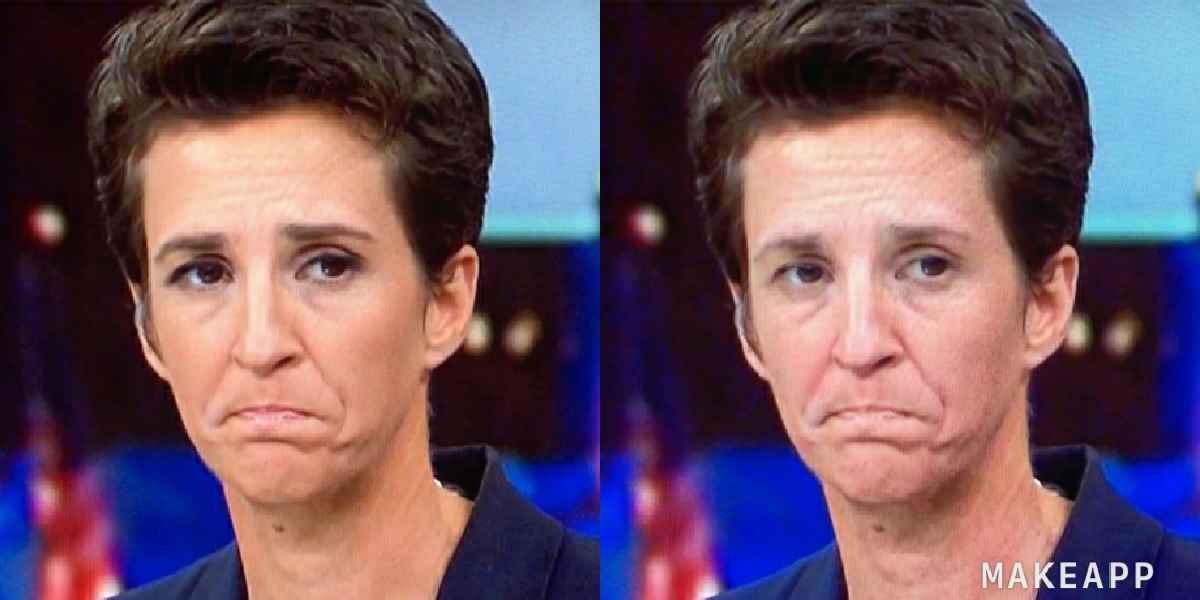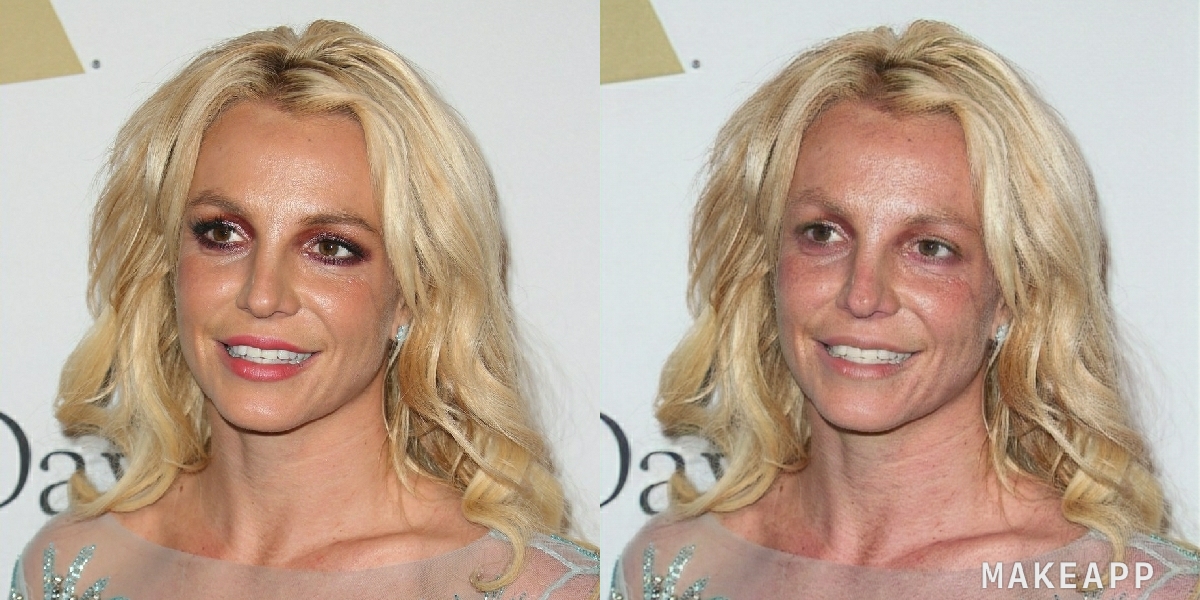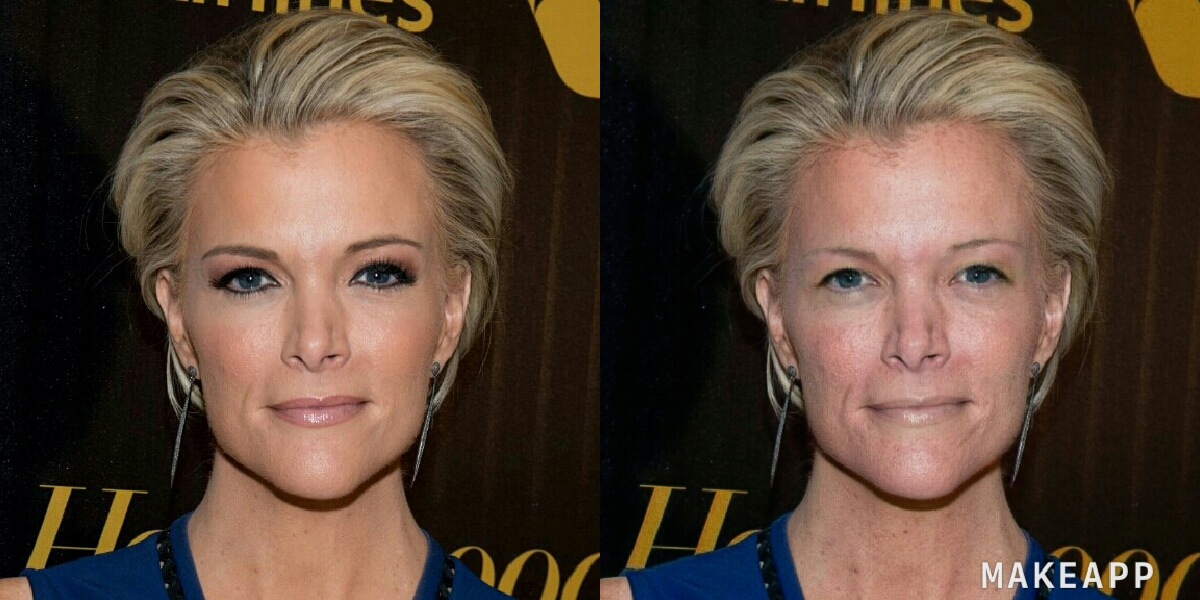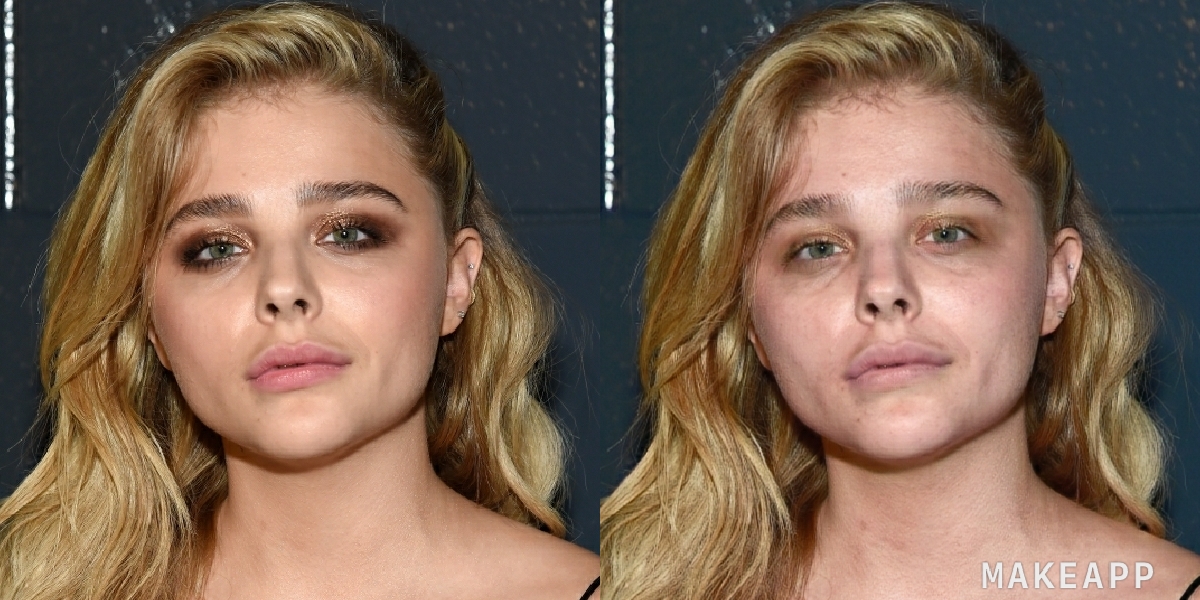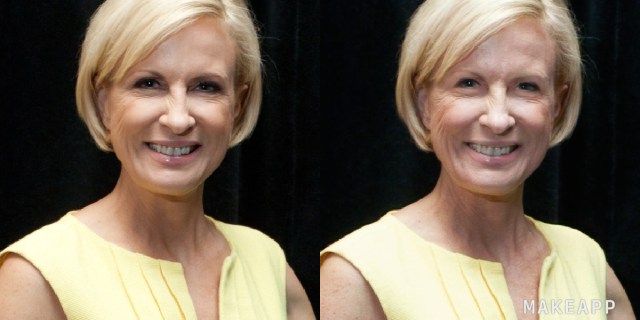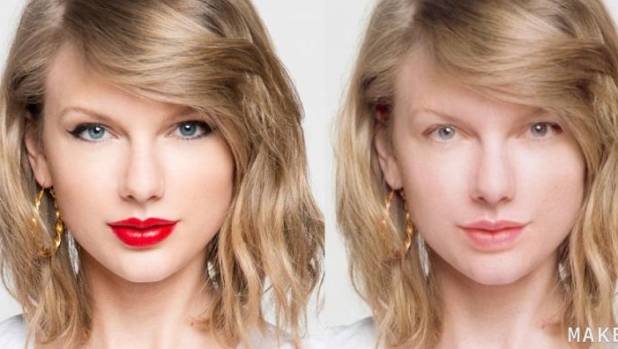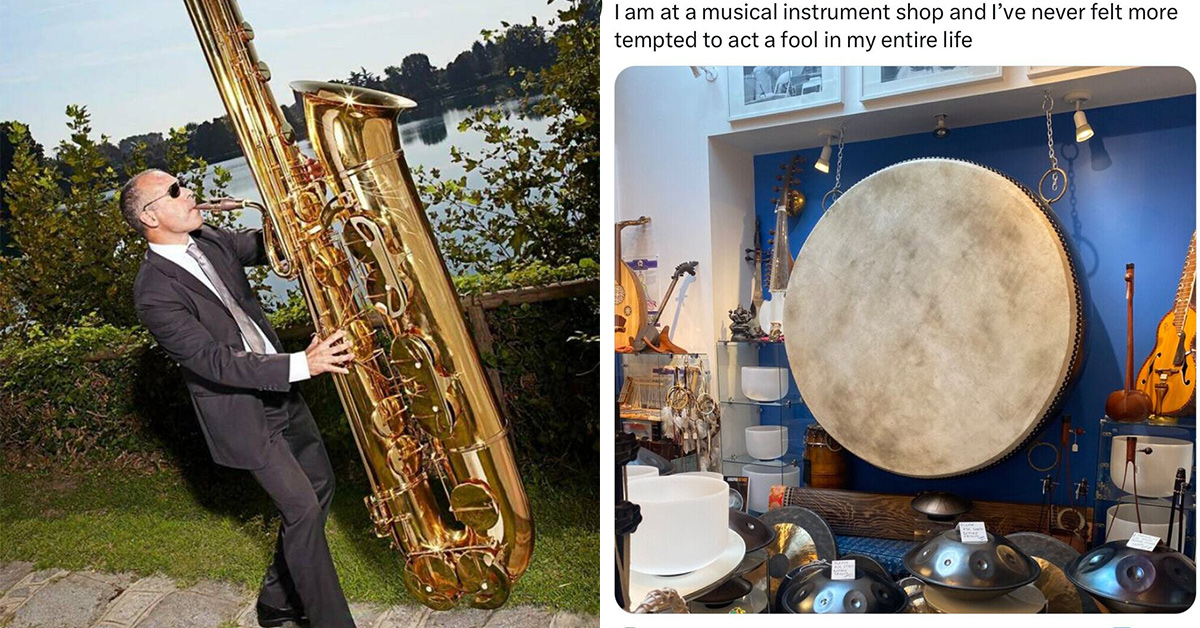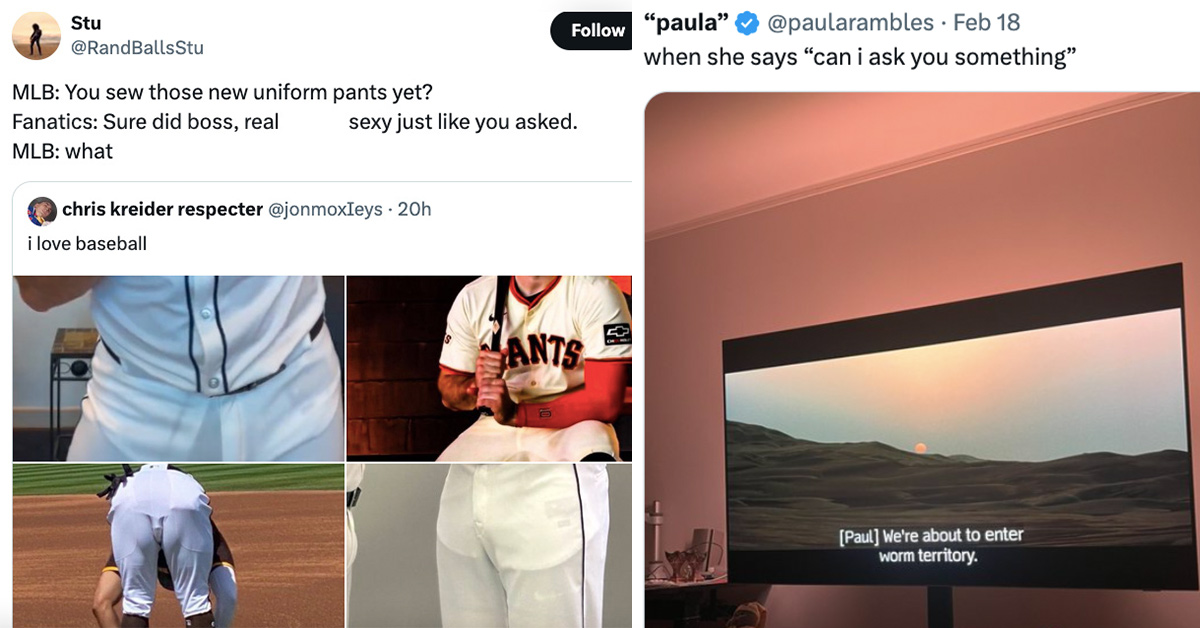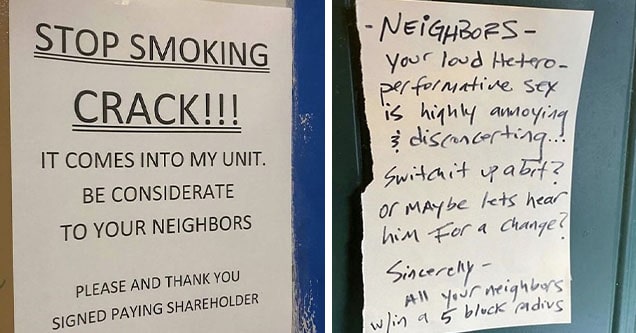New Makeup Removing App ‘MakeApp’ Causes Mass Triggering
Women are feeling "figuratively" punched in the face by this app.
Published 5 years ago in Facepalm
Women are feeling "figuratively" punched in the face by this app.
7
Some say makeup gives women a false sense of heightened value, and as a result avoid a large percentage of the male population that they should be settling down with to build families. I look forward to this app rebalancing the social space. This is perfect, an app that can make 99% of women everywhere feel instantly better about themselves and feminists HATE it.11
Jenna Rosenstein, a senior beauty editor on the Harper’s Bazaar website, is wary of the app and its intentions. “While I think the technology is quite cool, I don’t love the idea of an app that exists solely to strip women of their makeup without consent,” she told newspaper “Makeup is so often a tool used to curate identity and image — and I for one would never post a selfie on the internet without my battle armor of red lipstick and black eyeliner,” she added. “Stealing a woman’s choice to wear — or not wear — a full face of makeup is problematic. We must ask ourselves: what exactly is the purpose of this app, and what is the male equivalent?14
They ran Russian developer Ashot Gabrelyanov through the app to "teach him a lesson"...not much difference.MakeApp’s controversy goes beyond the app itself. Several news sites have pointed out Gabrelynanov’s past as a prominent figure in Russian media. Business Insider characterized Gabrelynanov as a “pro-Russia propagandist.” The outlet also pointed to a 2013 Moscow Times article that said the app creator and his father ran media network LifeNews, which has ties to the Kremlin. In 2015, a Mashable article called Gabrelynanov a “pro-Putin media darling.”20
Of course, the app doesn’t actually remove makeup from someone’s face — it uses an algorithm to figure out what a person in an uploaded photo or video might look like without it. (That algorithm will sometimes add wrinkles and blemishes to a user’s face, which is something Gabrelynanov told Mashable he’s “hoping to fix.”)


